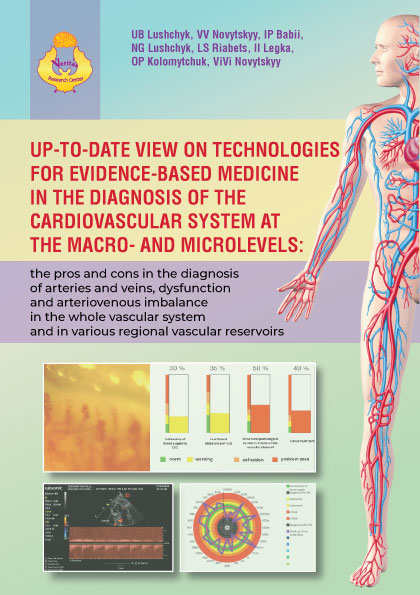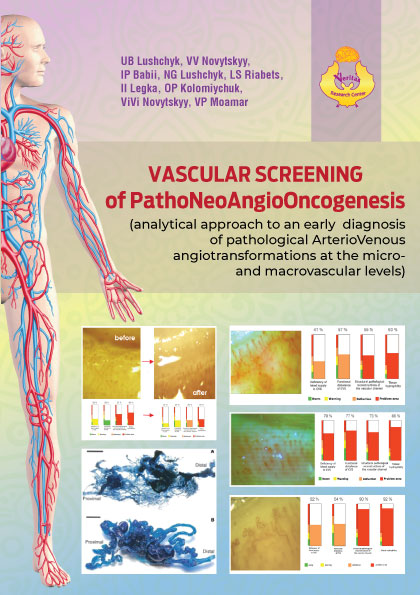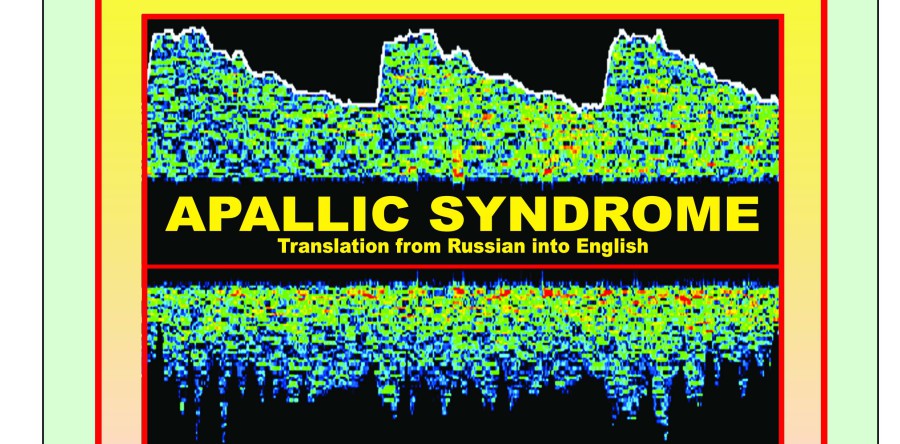Idividual selection of efficient vasoactive remedies under control of non-invasive methods for investigation of the vascular system in the brain such as: magneto-resonance tomography, transcranial coloured angioscanning, ultrasound dopplerography
Lushchyk U.B., Novytskyy V.V.,Alexeyeva T.S., Francevich K.A.,
Branytska N.S
The development of the up-to-date diagnostic equipment for the computed and magneto – resonance tomography, ultrasound vascular diagnostics, electroencephalography etc. gives the possibility to find and observe structural and functional changes in vessels and tissues of the brain in dynamics. Development of the optimum alternative for the integrated diagnosing of the vascular bed condition and dynamic observation of serious patients has to assist to decreasing of the number of cerebrovascular diseases. An individual application of vasoactive medicines takes on the special significance. It is directed only on provoked links of the cerebral and system hemodynamics and it excludes the formation of the unjustified cerebral hyperemia.
The development of the up-to-date diagnostic equipment for the computed and magneto – resonance tomography, ultrasound vascular diagnostics, electroencephalography etc. gives the possibility to find and observe structural and functional changes in vessels and tissues of the brain in dynamics. Development of the optimum alternative for the integrated diagnosing of the vascular bed condition and dynamic observation of serious patients has to assist to decreasing of the number of cerebrovascular diseases. An individual application of vasoactive medicines takes on the special significance. It is directed only on provoked links of the cerebral and system hemodynamics and it excludes the formation of the unjustified cerebral hyperemia.
Brief contents
1. Angioneurology: achievements and problems.
2. Hemodynamic system of blood supply for the brain.
3. Peculiarities of the early ontogenesis of the brain and its vascular link.
4. Age peculiarities of the cerebral hemodynamics in the norm and with vascular – cerebral pathology.
5. Applied aspects of usage of angioarchitectonic types in assessment of the vascular brain pathology in patients with discirculatory encephalopathy.
6. Methods of mathematical modeling for vascular dyshemias.
7. Pathogenetic approach to selection of vasoactive remedies for patients with cerebrovascular pathology.
8. Theoretical basis and applied algorithms of usage of vasoactive medical remedies’ combination.




